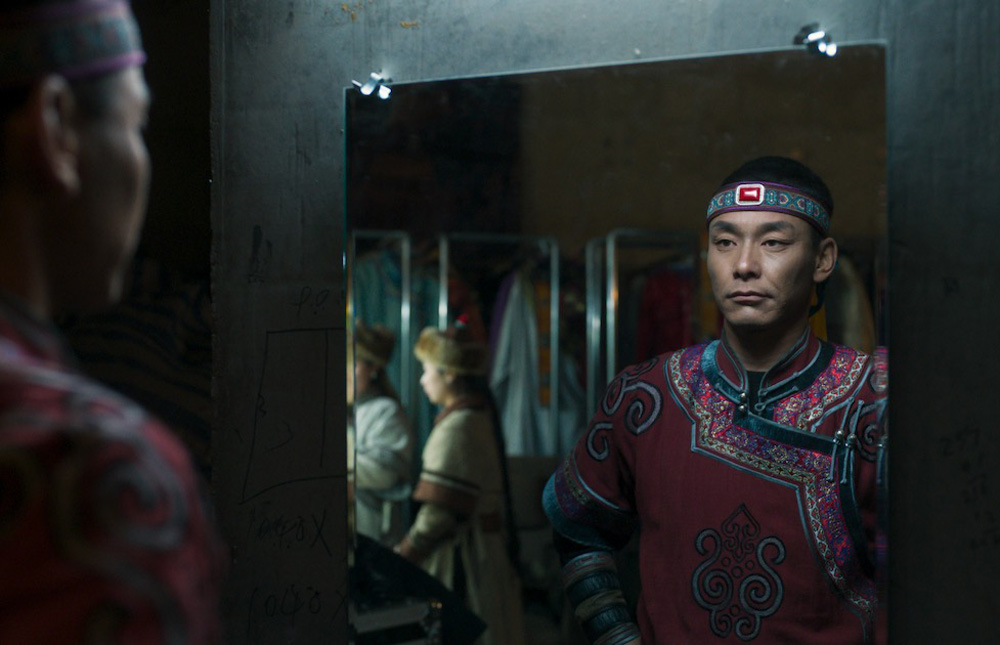“Moving to the city costs money,” Hasa (Undus) tells his friend Saina (Saina) in “To Kill a Mongolian Horse” when his riding partner wonders why he’s suddenly selling his black horse when it still runs well. The two both make the trek out of their home in Inner Mongolia to perform in a lavish act rodeo act where they can bring their heritage to urban Chinese audiences and tourists, but less and less Hasa sees the need to return, pointing to his car when he speaks to Saina as “expressing my spiritual aspirations.”
You can’t blame him in Xiaoxuan Jiang’s absorbing drama, observing the slow erosion of an entire culture as Inner Mongolia has been rendered increasingly inhospitable due to the droughts brought about by climate change, setting into motion a domino effect that has its longtime residents scattering to the wind and resettling in more urbanized areas. Hasa hopes to take advantage of the city by making money there from his performances without having to give up his home in the sand dunes where he lives with his father (Tonggalag), who continues his work as part of a long lineage of herdsmen tending to the family’s sheep which he has more time for when tending to others’ as he previously had has all but dried up. Living in a humble home where what few amenities they have seem to be failing by the day, Hasa’s father has to wonder why they haven’t pulled up stakes like everyone around them, but Hasa insists with the money he makes in the city, “Why not house a few [more] horses?” and the family can turn a slight profit even from the plot of land they own when their hay remains valuable to the few other herders that remain when they are unable to produce their own.
Xiaoxuan balances Hasa’s dual lives a lot more elegantly than he does, watching as he struggles to hold onto traditions he knows are valuable, but the world at large sees as part of the past. On an individual scale, he tries to maintain a connection with his young child and by extension, his ex-wife Tana (Qilemuge), who has moved to the city, that is strained by his constant transit, but on a larger scale, Xiaoxuan considers what place he occupies in the world as a whole when juxtaposing his part in the grand pageantry of riding in a stage show where the pride of his people may be remembered, but it’s primarily enriching financially and otherwise to the regions growing at Inner Mongolia’s expense.
The director works wonders with a nonprofessional cast in an impressively confident feature debut, meticulously going about a steady narrative build where Saina can be seen as hopelessly stubborn for the same reasons he can be admired when preserving a way of life makes the lives of all in his orbit a bit more miserable. Full of arresting visual compositions particularly when Saina’s two worlds collide with the stage show’s bold colors counted on for hypnotic effect and the landscapes of Inner Mongolia (with Malaysia standing in for a location) are captured with a bleak beauty, the film nonetheless staggers in its less pronounced exchanges between characters who find their actions shaped by forces they can’t imagine as the ground shifts beneath their feet, but “To Kill a Mongolian Horse” brings them all vividly into focus.
“To Kill a Mongolian Horse” will screen again as part of the Giornate Degli Autori on September 7th at 11:30 am at the Sala Perla.




